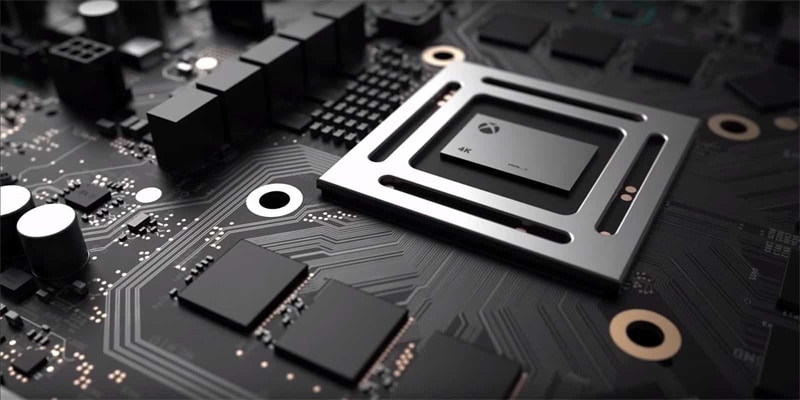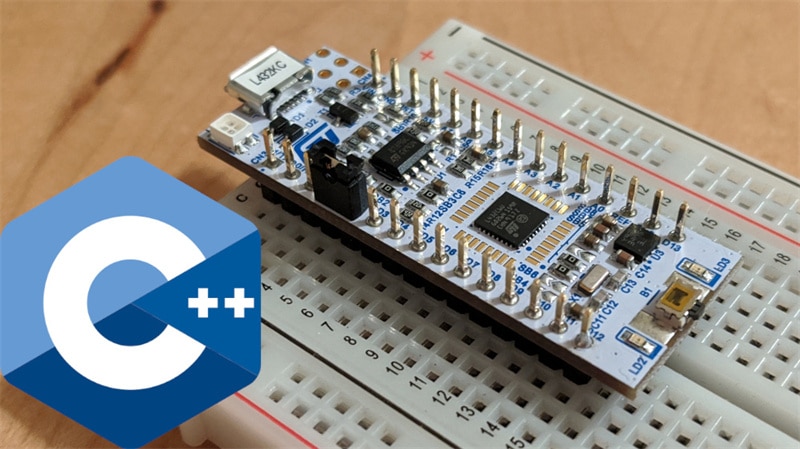
Firmware development plays a pivotal role in the success of numerous projects, ranging from consumer electronics to automotive industry.
With the increasing complexity of hardware and the expanding capabilities of embedded devices, the quality of firmware development has become more critical than ever. High-quality firmware ensures efficient functioning, reliability, and security of devices, contributing to enhanced user experience and satisfaction https://lembergsolutions.com/firmware-development.
This article explores the significance of firmware development, highlights common challenges faced during the process, and examines popular technologies used in firmware development.
Challenges in Firmware Development
Firmware development can be challenging and requires vast expertise and ability to create unique solutions. Some of the most common pitfalls encountered by firmware developers include:
Hardware limitations

Firmware operates in a resource-constrained environment, requiring careful code optimization to make it fit within limited memory and processing capabilities. Embedded systems are often battery-powered or have strict power consumption requirements.
Firmware developers need to optimize power usage, implement power-saving techniques, and manage sleep modes effectively. Striking a balance between system functionality and power efficiency is crucial for extending battery life and ensuring optimal energy utilization.
Real-time performance
Many embedded systems demand real-time analysis and responses, which increase the focus on accurate timing and efficient algorithms to meet stringent performance requirements.
Device compatibility
Firmware should be compatible with diverse hardware configurations and operating environments. That's why you will need to engage in extensive testing and product validation. Firmware development often involves integrating with operating systems or firmware layers provided by the hardware manufacturer.
These operating systems may have different versions, configurations, and compatibility requirements. Ensuring compatibility with specific operating system versions and managing dependencies can be challenging, particularly when new versions or updates are released.
Security measures
Ensuring firmware security is paramount, as vulnerabilities can lead to unauthorized access, data breaches, or even hardware breakdown. Firmware developers must implement robust security configurations and regularly update the firmware to address emerging threats. Firmware often interacts with external devices, networks, or cloud services, necessitating secure communication protocols and data protection mechanisms.
Implementing secure encryption, authentication, and integrity checks within the firmware can be complex. Developers must carefully select and integrate cryptographic algorithms, manage cryptographic keys securely, and address potential side-channel attacks.
Debugging and testing
Identifying and fixing bugs in firmware can be challenging, as debugging options may be limited, and real-time testing may be complex due to the nature of embedded systems.
Popular Technologies for Firmware Development
To tackle the challenges we've listed above, firmware developers rely on a variety of technologies and tools. Some of the most popular include:
Embedded C/C++

These programming languages are widely used for firmware development due to low-level control, compatibility with hardware, and object-oriented approach. C/C++ is highly portable across different hardware platforms.
The languages have well-defined standards and compilers available for a wide range of embedded systems, allowing firmware code to be easily migrated and adapted to different hardware configurations. This portability simplifies the process of supporting multiple devices or transitioning to newer hardware platforms.
Real-time operating systems (RTOS)
Real-time operating system provides multitasking capabilities, task scheduling, and synchronization mechanisms, enabling firmware developers to manage complex workflows efficiently. Embedded systems frequently rely on interrupts for time-critical events or external device communication.
Real-time operating system offers efficient interrupt-handling mechanisms, allowing developers to prioritize and manage interrupt service routines (ISRs). With Real-time operating system, firmware developers can ensure prompt response and precise timing for critical events, enhancing the reliability and responsiveness of the embedded system.
Firmware development kits (FDKs)
Firmware development kits offer libraries, APIs, and tools that simplify firmware development by providing pre-built functionalities, hardware abstraction layers, and device drivers.
Version control systems
These systems, such as Git, allow developers to manage source code, collaborate, and track changes, facilitating teamwork and ensuring code integrity. Version control systems are often integrated with issue-tracking tools. This way, they allow developers to connect code changes with specific issues, bugs, or feature requests.
This integration smoothes the bug tracking and fixing process, providing a comprehensive view of code changes and their corresponding issues. It improves traceability, accountability, and the overall software quality assurance process.
In-circuit emulators and debuggers
These tools help firmware developers identify and resolve issues by simulating the embedded system's behavior and providing more clarity into the firmware execution. In-circuit emulators and debuggers enable real-time visibility into the execution of firmware code.
Developers can observe the behavior of the code as it runs on the target hardware, allowing them to trace program flow, inspect variables, and identify the root causes of bugs or unexpected behavior. Real-time debugging significantly reduces the time and effort required to diagnose and fix issues in firmware.
Firmware development plays a crucial role in delivering high-quality and reliable products. Although it presents challenges such as hardware constraints, real-time performance requirements, device compatibility, security considerations, and debugging complexities, the use of popular technologies and tools significantly eases the firmware development process.
Embedded C/C++, real-time operating systems, firmware development kits, version control systems, and debugging tools empower developers to overcome these challenges effectively.
By leveraging these technologies, developers can enhance the functionality, performance, and security of firmware, ensuring that devices meet the evolving demands of the modern world. Besides, these technologies significantly simplify the development process for embedded engineers.










